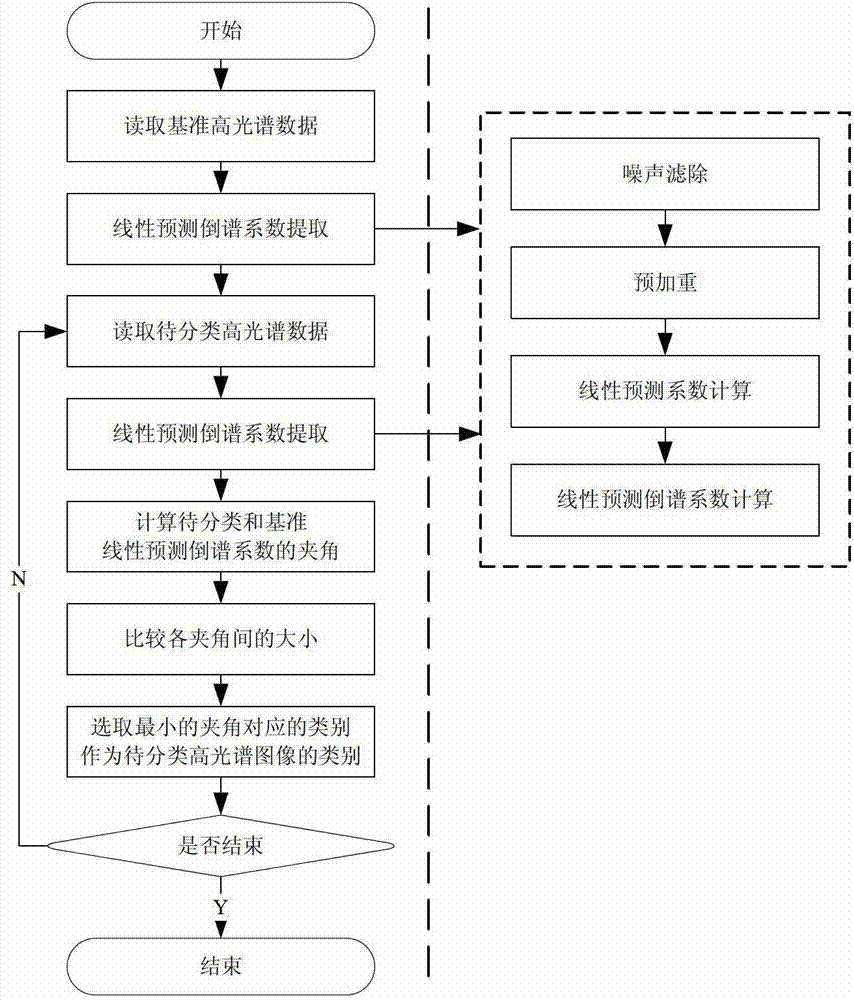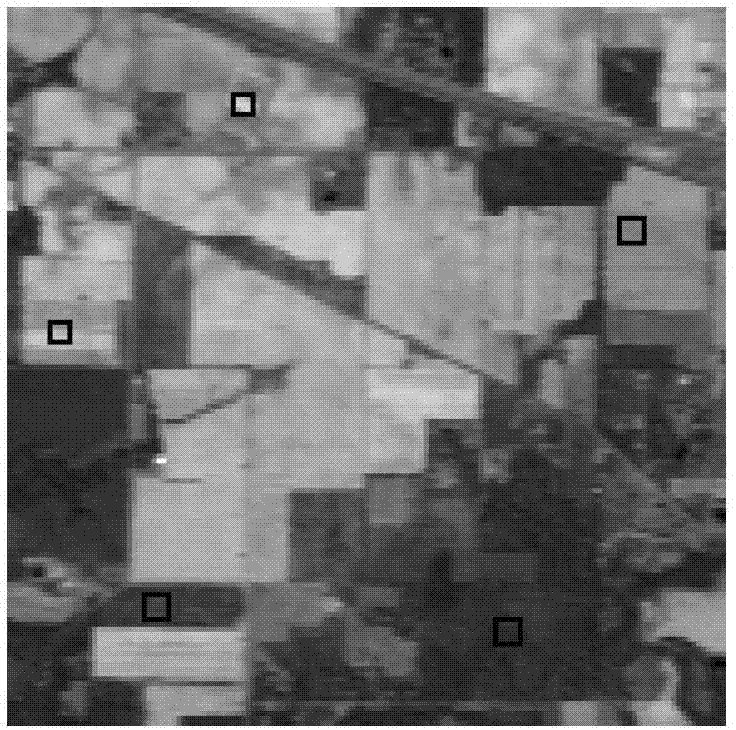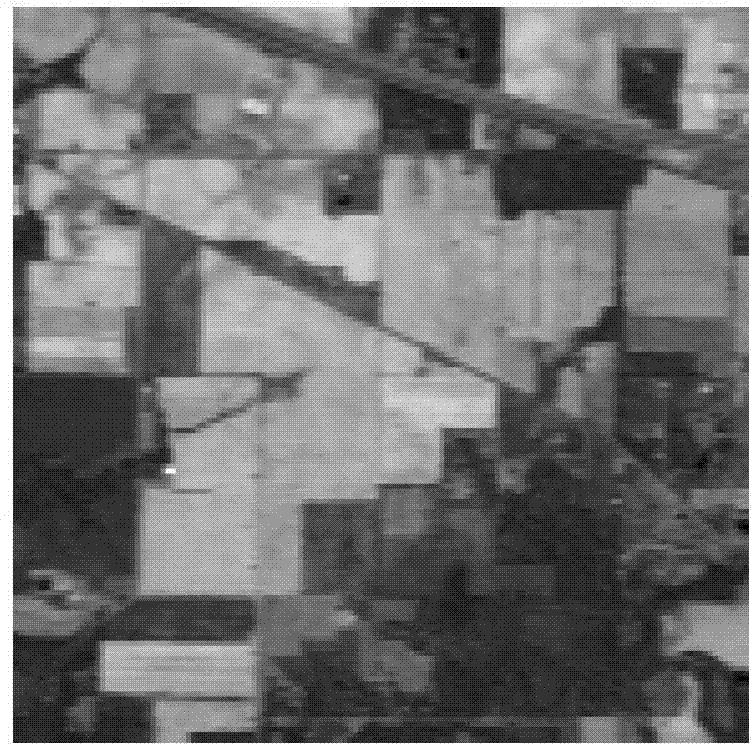High-spectrum image classification method based on linear prediction cepstrum coefficient
A hyperspectral image and cepstral coefficient technology, applied in the field of spectral data classification, can solve the problems of difficult wide application, poor real-time performance, and high algorithm complexity, and achieve high real-time performance, good classification effect, and low algorithm complexity.
- Summary
- Abstract
- Description
- Claims
- Application Information
AI Technical Summary
Problems solved by technology
Method used
Image
Examples
Embodiment Construction
[0023] Refer to attached figure 1 , the detailed implementation steps of the hyperspectral image spectral classification method based on the linear predictive cepstral coefficient of the present invention are as follows:
[0024] Step 1, read the reference hyperspectral image of the known surface morphology category.
[0025] The reference hyperspectral image adopts the standard spectral library or the hyperspectral image of known ground object types. Such as figure 2 The image shown is the reference hyperspectral image of the known surface morphology category, which comes from the Indina pink image in the airborne infrared imaging spectrometer AVRIS, with a size of 145×145 and a total of 220 bands.
[0026] Step 2, extract the linear predictive cepstral coefficient h of the benchmark hyperspectral data s .
[0027] (2.1) Yes figure 2 The reference hyperspectral data shown is average filtered, that is, spectral noise is filtered to reduce the interference of spectral no...
PUM
 Login to View More
Login to View More Abstract
Description
Claims
Application Information
 Login to View More
Login to View More - R&D
- Intellectual Property
- Life Sciences
- Materials
- Tech Scout
- Unparalleled Data Quality
- Higher Quality Content
- 60% Fewer Hallucinations
Browse by: Latest US Patents, China's latest patents, Technical Efficacy Thesaurus, Application Domain, Technology Topic, Popular Technical Reports.
© 2025 PatSnap. All rights reserved.Legal|Privacy policy|Modern Slavery Act Transparency Statement|Sitemap|About US| Contact US: help@patsnap.com



